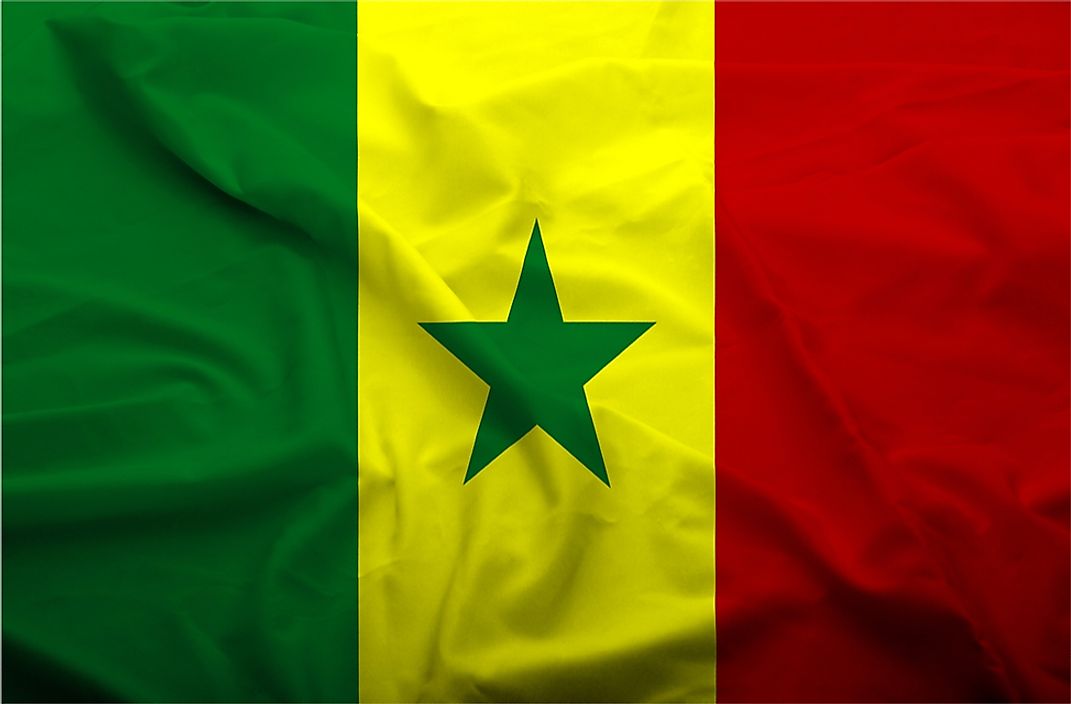What Languages Are Spoken in Senegal?

Official Language of Senegal
Senegal is located along the coast of western Africa, where it occupies a total area of 75,951 square miles. The country has a population of over 15.41 million individuals. Senegal, like most countries in Africa, has been inhabited since prehistoric times. Its first recorded settlements date back to the 7th century. During European expansion into Africa, Senegal came under the control of various countries, including the Netherlands, Portugal, Great Britain, and France. By 1677, France had complete control of the region.
As a result of this period of French rule, which lasted until 1960, the French language became and remains the official language of Senegal. French is used by the government to make public announcements and is the language of instruction in public schools. Approximately 15 to 20% of all men and between 1 and 2% of all women are able to speak and understand the French language. This difference reflects the vast gender inequalities residents of this country experience, particularly in the formal education sector. An additional 21% of the population is considered partially fluent in French. Because of its official language designation, Senegal is also a member of the International Organization of La Francophonie.
National Languages
A number of other languages enjoy government recognition as national languages, which means that a particular language may be used by a wide range of individuals. This use is usually designated to a particular region or group of people. The national languages of Senegal include Wolof, Pulaar, Mandinka, Balanta-Ganja, Mandjak, Hassaniya Arabic, Noon, Jola-Fonyi, Serer, Soninke, and Mankanya.
Of these national languages, Wolof is the most widely spoken. Research indicates that Wolof is the first or second language of approximately 80% of the population of Senegal. This language is considered the native tongue of the Wolof people, who inhabit the western region of Africa and make up 40% of the population of Senegal. It was originally used by the Lebu people. Today, Wolof can be heard throughout Senegal, Mauritania, and Gambia. It belongs to the Niger-Congo language family and the Senegambian subgroup. Its use is so widespread in Senegal that Wolof is considered the language of business, or the lingua franca of the country.
Minority Languages
In addition to the large number of national languages spoken in Senegal, the country is also home to a number of minority languages. One of the primary minority languages is Portuguese. The use of the language can be traced back to Portugal's colonization of the Casamance region, which was once a principal economic hub for Portugal. In its capital, Ziguinchor, Portuguese is spoken by a majority of inhabitants. After gaining independence, the government of Senegal established Portuguese as one of the languages of secondary education. In 2008, the country was admitted to the Community of Portuguese Language Countries.
Both Portuguese immigrants and descendants speak a dialect of Portuguese known as Guinea-Bissau Creole. This creole language is closely related to the Cape Verdean Creole language. In Senegal, it serves as a trade language and is used in informal print and for entertainment purposes. Guinea-Bissau Creole has approximately 310,000 second language speakers.











